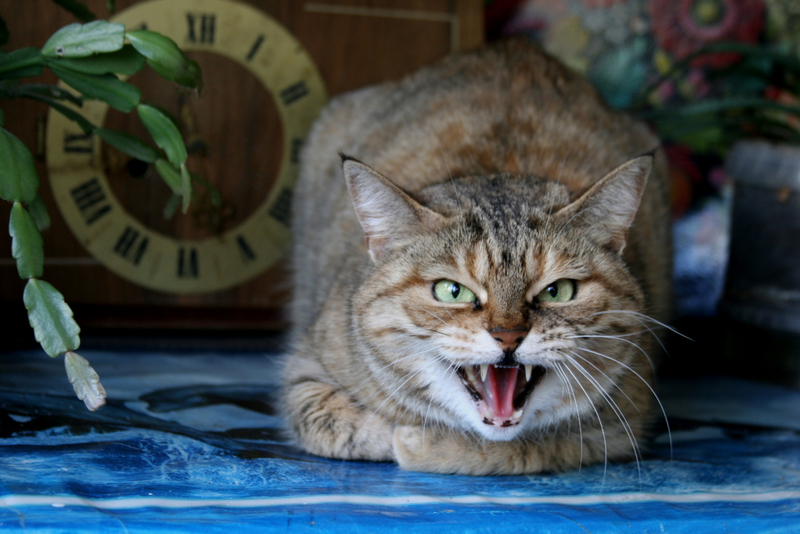
Hyperesthesia usually begins with itchy skin. What cat caregivers see about FHS, is the tail sting and mydriasis in cats. They can also see light skin and when a cat is infected, it may show symptoms like jumping, twitching, or even run away from you. Other possible symptoms of Feline Hyperesthesia Syndrome include tail-chasing, self-injury, and biting of the feet, side, and tail. Your cat may bite or show some signs of aggressive behavior, but it is important to remember that he is not playing and is suffering. This misconduct is another sign that your feline friend is not feeling well.

Touching a cat during an episode of FHS can cause it to react angrily because your pet is experiencing severe depression, confusion, and discomfort. Even the slightest touch can make the symptoms more difficult, or make it more confused.
Helping Your Feline Friend
If you notice these symptoms in your pet, consult a veterinarian as soon as possible. Your veterinarian may try a bite test. Neurological and pain tests are also important diagnostic tools.

Your veterinarian may need to consult with a behavioral veterinarian to create a treatment plan that includes behavioral modification and management along with appropriate medication. The most widely used prescription medications, in this case, are corticosteroids, anticonvulsants, and anti-anxiety drugs. Currently, there is no complete cure for FHS or any indication of how long your cat may have this condition but you can make it a bit easier to bear the condition by taking proper care of your furry friend.